Alexei von Jawlensky [pronounced Yav-lensky] (1864-1941) b. Russia
"Drawing well does not mean drawing correctly."
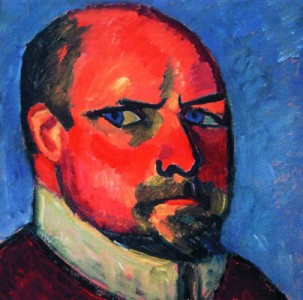
Self Portrait - http://www.eks-pb.de/a_bis_zett/images/Jawlensky/jawlensky_selbst.jpg
His life
Alexei von Jawlensky was born in Kuslovso, Russia. In keeping with family tradition, as the son of a Czarist colonel, he was sent to cadet school in Moscow and later commissioned in an infantry grenadier regiment. Jawlensky petitioned for a transfer to St. Petersburg, where as an officer he could study painting. Painting became his focus. Finally he resigned from the military. While on vacations, he often visited the estate of a young painter, Marianne von Werefkin, with whom he emigrated to Munich. Six years later the handsome, passionate and strong-willed Jawlensky had a child by Marianne's young ward, Helena Neznakomov, who became his devoted wife. In Munich he enrolled in the Art Academy, of which Kandinsky was the director. Jawlensky's studio as well as the salon that von Werefkin would come to hold, soon became gathering places for young artists with new ideas.
Jawlensky's meeting with Kandinsky was to have a profound effect on the young painter's artistic sensibilities. Taking his painting cues from Gauguin, Van Gogh and Matisse, Jawlensky learned to orchestrate the hot, fauve colors in the series of portraits that rank as his best work. He teamed up with Kandinsky on summer painting vacations outside Munich. Their favorite pastime: placing their paintings on a piano for a Russian pianist to interpret in music. [I have my students do the opposite, draw to music.] Jawlensky found his most powerful inspiration from Matisse, whom he discovered during his travels in France. Jawlensky incorporated Matisse 's use of pure color in his landscapes, still lives and portraits.
At the outbreak of World War I, Russian-born Alexei Jawlensky took refuge in Switzerland, after being expelled from Germany without being permitted to take along so much as one painting. To his aid came a young German painter, Emy (Galka) Scheyer, one of the many women who found Jawlensky's combination of bearlike strength and artistocratic charm irresistible. She gave up painting to devote her life to promoting his work, built up her own collection to include more than 120 of Jawlensky's works. Along with Klee, Kandinsky and Feininger, Scheyer promoted these artists as the Blue Four. Many of their works are now kept intact as part of the collection at the Norton Simon Art Museum in Pasadena, California.
It was while he was in Switzerland that Jawlensky, out of depression brought about by poverty and exile, retreated further into himself, and began painting the series of abstract mood poems that show his color sense at its peak. With fervent color he painted landscapes and large heads. The repetition of these themes took on an increasingly symbolic and meditative quality. In the final version of this style--dating from around 1917 until his death--he painted only heads: the human face as a simple geometrical design, an object of religious mediation reduced to a figure as simple as the cross.
After the war he returned to Germany, only to have the Nazis in 1939 declare his art "degenerate." Hopelessly crippled by arthritis, only able to hold his brush painfully with both hands and paint with shoulder movements, Jawlensky devoted his last years to small, dully glowing, abstract heads of Christ. His final works before his death in 1941 were basically meditations. He said, "Great art can only be created with religious feeling. Art is longing for God."
http://www.3d-dali.com/Artist-Biographies/Alexej_von_Jawlensky.html
http://www.time.com/time/magazine/article/0,9171,808768,00.html?promoid=googlep
His evolution or devolution...?
I fell in love with Jawlensky's work long ago. Seeing an exhibit at the Norton Simon Museum in Pasadena, California added fuel to the fire. Upon looking into his work I noticed a simplification and abstraction over time. The following represent a somewhat linear view of Jawlensky's portraits.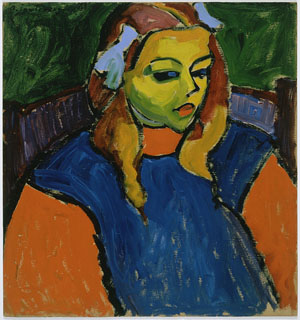
Girl with the Green Face, 1910
http://www.artic.edu/aic/collections/eurptg/highlight_item?acc=1953.336&page=14
Top
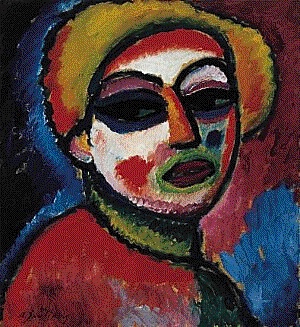
Blonde, c. 1911
http://www.nortonsimon.org/collections/highlights.asp?period=20H&page=2&resultnum=24
Top
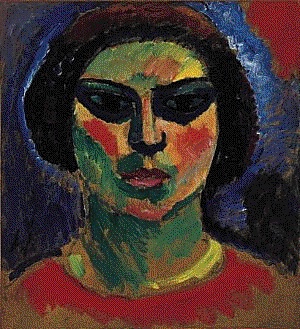
Blossoming Girl, c. 1911
http://www.nortonsimon.org/collections/browse_title.asp?id=P.1953.085
Top
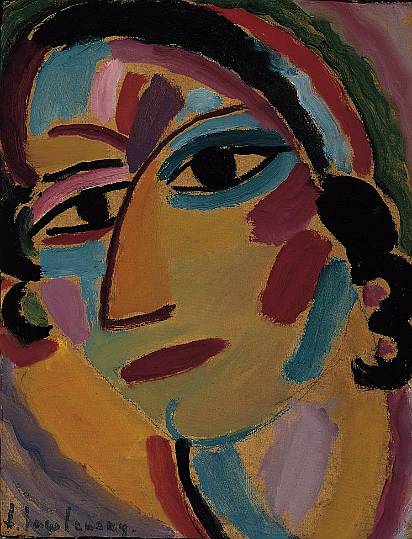
Mystical Head: Galka, 1917
http://www.nortonsimon.org/collections/browse_title.asp?id=P.1968.01
Top
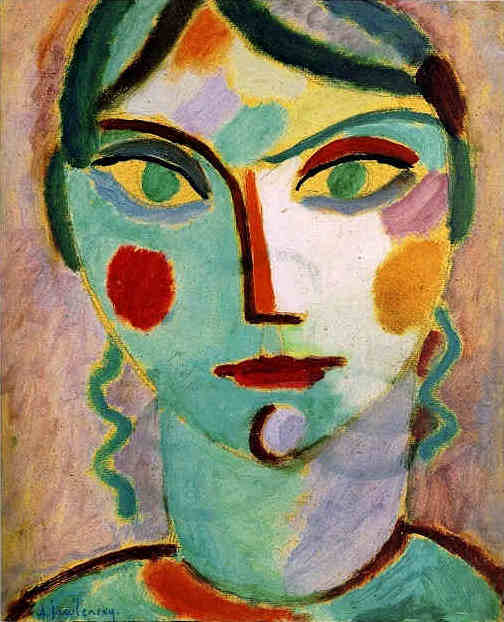
Mystical Head (Head of a Girl), around 1917 -
http://russianavantgard.com/master_03_artists_world_of_art/alexei_javlensky.html
Top
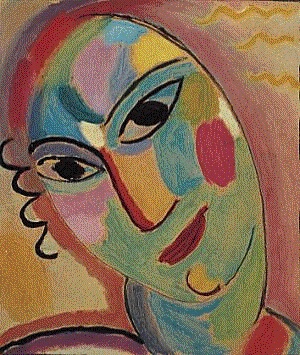
Mystical Head: Head of an Angel, 1917-1918
http://www.nortonsimon.org/collections/browse_title.asp?id=P.1953.569
Top
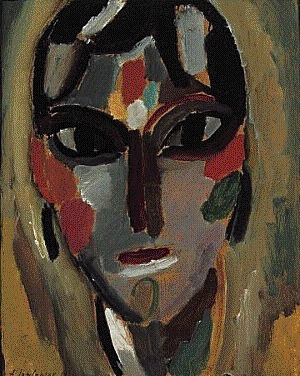
Mystical Head: The Poison Blossom, 1918
http://www.nortonsimon.org/collections/browse_title.asp?id=P.1953.158
Top
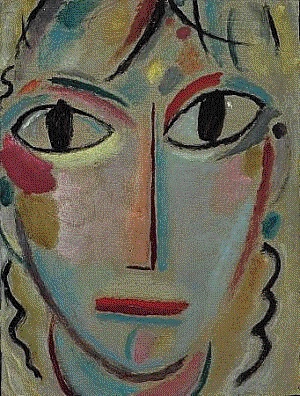
Astonishment, c. 1919
http://www.nortonsimon.org/collections/browse_title.asp?id=P.1953.570
Top
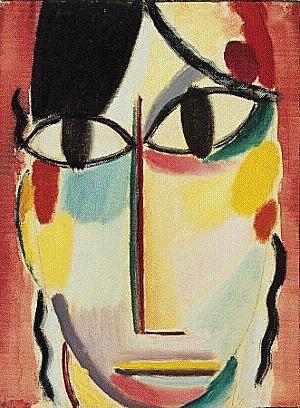
Fallen Angel, c. 1919
http://www.nortonsimon.org/collections/browse_title.asp?id=P.1953.159
Top
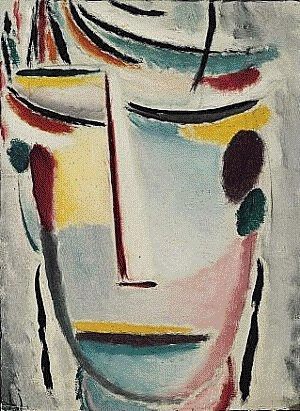
Savior's Face: Winter, 1921
http://www.nortonsimon.org/collections/browse_title.asp?id=P.1953.154
Top
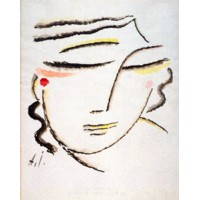
Geneigter Kopf mit geschlossenen Augen (Inclined Head with Closed Eyes), circa 1922
http://search.famsf.org:8080/view.shtml?record=7878&=list&=1&=&=And
Top
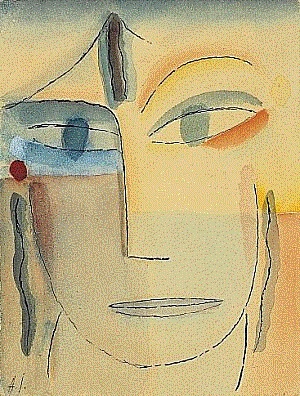
Head with Open Eyes, 1922-1924
http://www.nortonsimon.org/collections/browse_title.asp?id=P.1953.120
Top
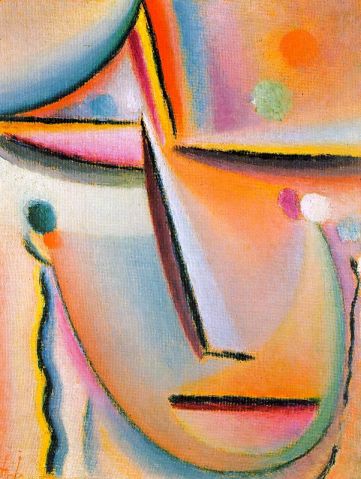
Prece-1922
Top

Symphony in Rose, 1923
Top
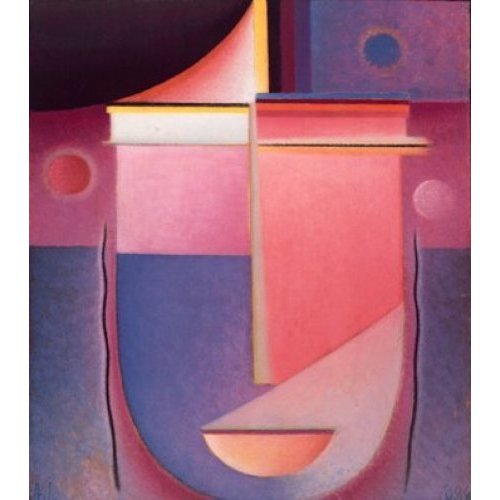
Looking Within - Rosy Light
Top
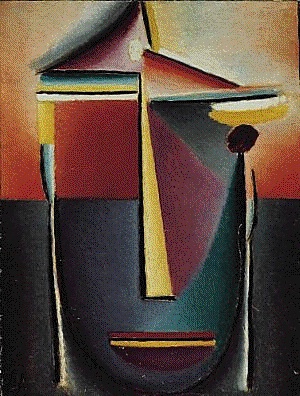
Abstract Head: Life and Death, 1923
http://www.nortonsimon.org/collections/browse_title.asp?id=P.1953.078
"Art is nostalgia for God."
Top
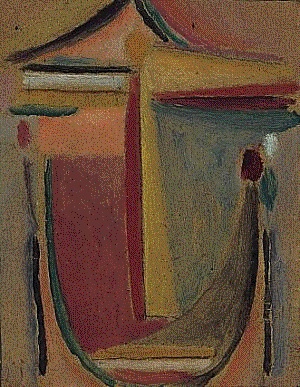
Abstract Head, 1923
http://www.nortonsimon.org/collections/browse_title.asp?id=P.1953.090
Top
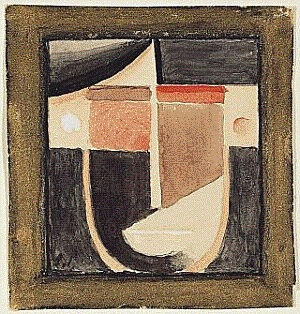
Small Abstract Head: Red-Black, 1928
http://www.nortonsimon.org/collections/browse_title.asp?id=P.1953.147
Top
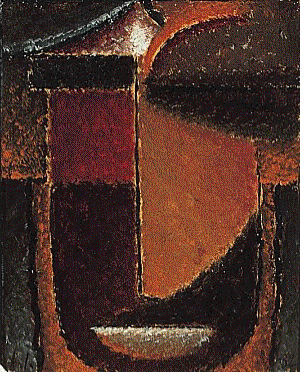
Abstract Head, 1932
http://www.nortonsimon.org/collections/browse_title.asp?id=P.1953.107
Top
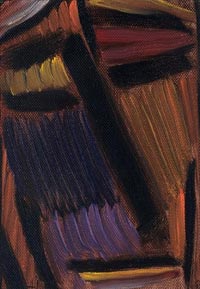
Meditation, 1935
http://www.carearts.org/images/lessons/large/1972_47_lg.jpg
Top
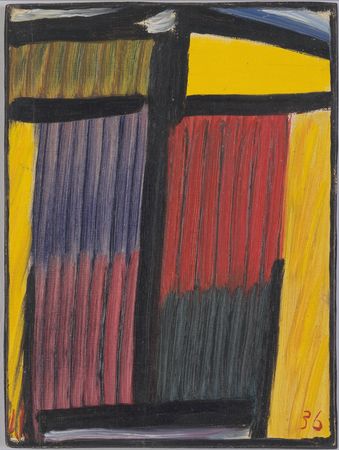
Meditation: Yellow Head, 1936
http://www.moma.org/images/collection/FullSizes/00133077.jpg
Top
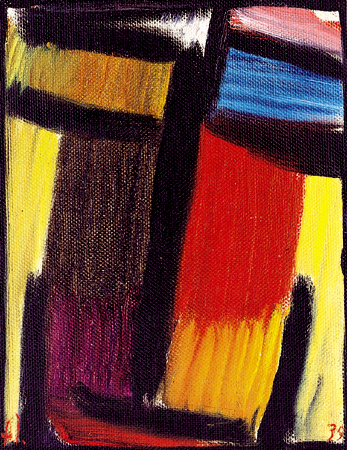
Top
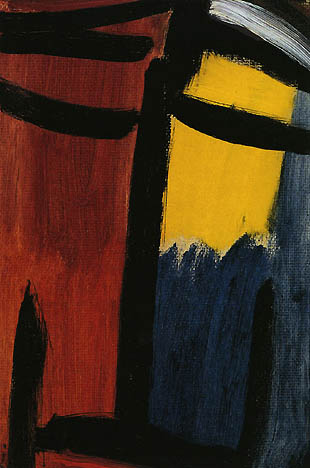
Top
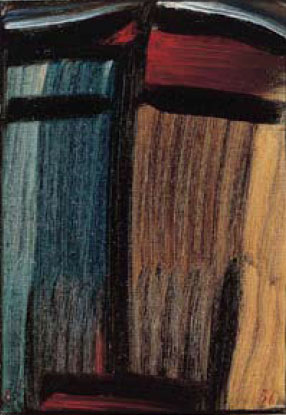
"The artist expresses only what he has within himself, not what he sees with his eyes"
Worth checking out: Drawing Prompts - Each artist link provides an opening representative image suitable for drawing by students. Additional images and information are also provided to help students explore the vast posibilities of artistic expression.
Post-Impressionism | Historical and Cultural
Context | Site
Map | On-Line
Resources | Rules
of Thumb | Glossary | Quotes | WordList | Co-Teachers - Doug and Melissa | Gallery
E-Mail Doug at mrdoug@aznet.net or Melissa at mmckinstry@sdja.com
|
|
Melissa and I would like to |

